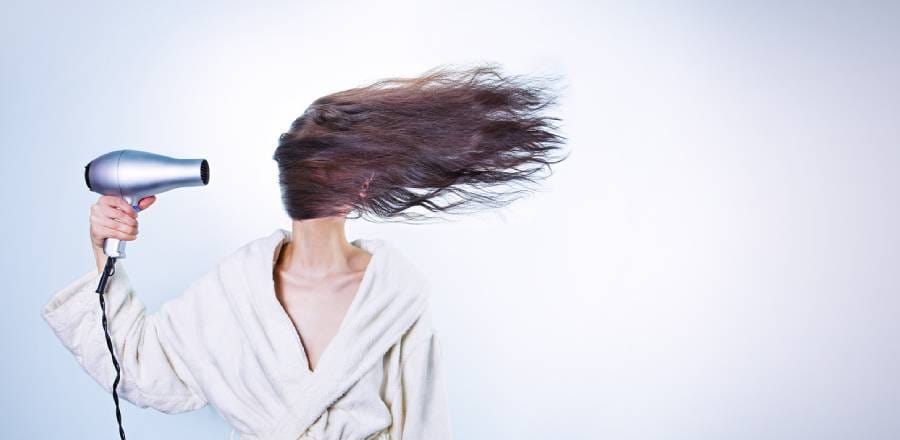Having straight and smooth hair can be a confidence booster, and there are several ways to achieve this look. One popular method is hair relaxing, which chemically alters the natural texture of your hair to make it more manageable and easier to style. If you’re thinking about relaxing your hair, there are a few things to consider first. In this article, we’ll cover everything you need to know about how to relax your hair, from preparation to aftercare.
- Understanding Hair Relaxing
- Preparing for Hair Relaxing
- How to Relax Your Hair at Home
- Caring for Relaxed Hair
- Common Questions about Hair Relaxing
Table of Contents
Understanding Hair Relaxing
Hair relaxing is a chemical process that breaks down the protein bonds in your hair. This process results in a straighter, smoother hair texture. There are two types of hair relaxing: lye-based and no-lye. Lye-based hair relaxers are more potent and can be harsher on your scalp and hair. No-lye relaxers are gentler but may require a longer processing time.
Preparing for Hair Relaxing
Before you relax your hair, it’s important to prepare it properly. Here are some things to keep in mind:
- Conduct a patch test to check for any allergic reactions.
- Don’t wash your hair for at least 48 hours before the treatment.
- Detangle your hair thoroughly to prevent tangling during the relaxing process.
- Apply a protective cream to your scalp and hairline to prevent chemical burns.
How to Relax Your Hair at Home
Relaxing your hair at home can be a cost-effective alternative to going to a salon. Here’s how to do it:
- Section your hair into four parts and apply the relaxer to each section.
- Use a comb to distribute the relaxer evenly through your hair.
- Leave the relaxer on for the recommended time and rinse it off thoroughly.
- Apply a neutralizing shampoo to stop the relaxing process.
- Deep condition your hair to restore moisture and prevent breakage.
Caring for Relaxed Hair
Relaxed hair requires extra care to maintain its health and prevent damage. Here are some tips for caring for your relaxed hair:
- Use sulfate-free shampoos and conditioners to avoid stripping your hair of moisture.
- Limit heat styling to prevent heat damage.
- Moisturize your hair regularly with oils or leave-in conditioners.
- Trim your hair regularly to prevent split ends.
Common Questions about Hair Relaxing
- Can I relax my hair if it’s already damaged?
- It’s best to wait until your hair is healthy before relaxing it to avoid further damage.
- How often should I relax my hair?
- It’s recommended to wait at least 8-10 weeks between relaxer treatments to prevent overprocessing.
- Can I still wear my hair curly after relaxing it?
- Yes, you can still wear your hair curly after relaxing it, but it may not hold curls as well as it did before.
Conclusion:
Relaxing your hair can be a great way to achieve a sleek and straight look. However, it’s important to understand the process and prepare your hair properly before attempting it. With our comprehensive guide, you can learn how to relax your hair safely and achieve the results you desire. Remember to take good care of your relaxed hair to maintain its health and beauty.





